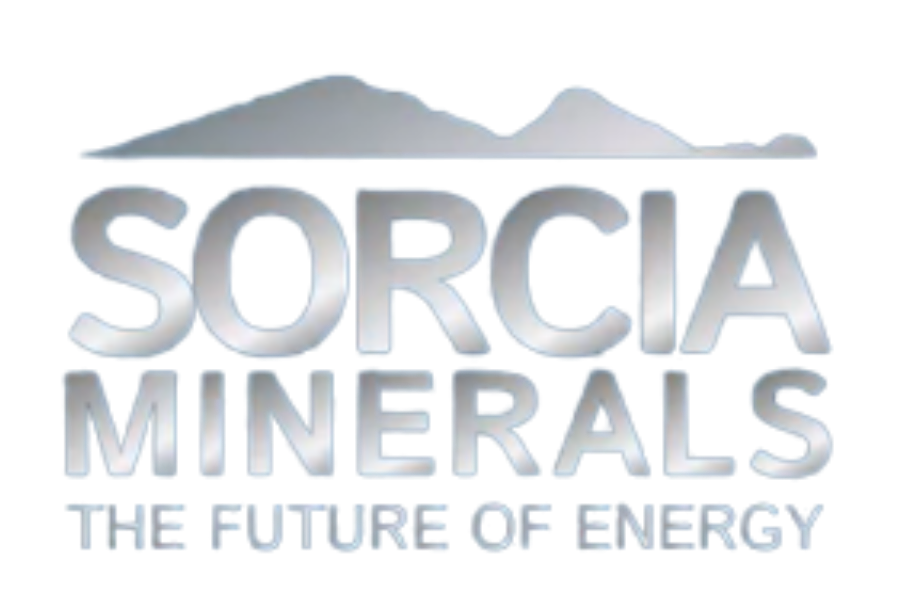Standard Conditions
Lithium is a lightweight metal that has many uses. Like all alkali metals, lithium is highly reactive and flammable, which makes it difficult to store in mineral oils or other common materials like water bottles with an acidity level too high for safety purposes (lithiasilicon). When cut open - as happens when you split these compounds apart- its luster can be seen; however, this quickly fades away due top moist air corrosion so what we're left seeing after time goes by may just look like dull silvery gray, then black tarnish.






